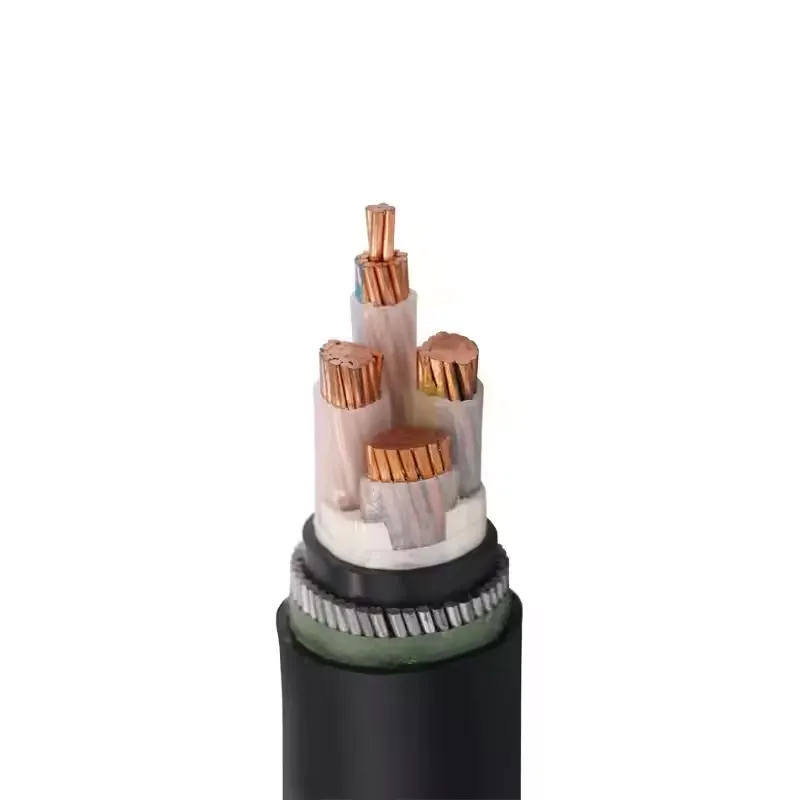The Science Behind Cable Shielding and EMI Protection
Table of Contents
- 1. What Is EMI and Why It Matters
- 2. How Cable Shielding Works
- 3. Shield Types: Foil, Braid, Spiral, Combo
- 4. Grounding & Termination Best Practices
- 5. Physics of Shielding
- 6. Where Shielding Matters Most
- 7. Conclusion
1. What Is EMI and Why It Matters
Electromagnetic interference (EMI), also known as radio-frequency interference (RFI), refers to unwanted signals from sources such as motors, radios, and switching power supplies that disrupt cable performance. These interferences can lead to data errors or system malfunctions.

2. How Cable Shielding Works
Shielding encloses conductors in conductive layers that function as a Faraday cage, reflecting and absorbing EMI, then directing it to ground. This process minimizes both incoming interference and outward emissions.
3. Shield Types: Foil, Braid, Spiral, Combo
| Shield Type | Coverage | Frequency Range | Strengths | Limitations |
|---|---|---|---|---|
| Foil (Al/Mylar) | 100% | High frequency | Lightweight, full coverage | Low flex life, fragile |
| Braid (Copper) | 70–95% | Low–mid frequency | Durable, flexible, mechanically strong | Heavier, gaps allow some EMI |
| Spiral/Serve | 85–95% | Low frequency | Very flexible, easy terminations | Poor high-frequency protection |
| Foil + Braid Combo | ≈100% | All frequency ranges | Best overall protection | Heavier, thicker, higher cost |
Foil shielding is ideal for high frequencies; braid offers mechanical durability; spiral enhances flexibility; and combination layers provide high performance across all frequency ranges.
4. Grounding & Termination Best Practices
Effective shielding requires proper grounding. Use 360° contact with the chassis to minimize inductance, avoiding pigtails. For enhanced high-frequency suppression, consider adding ferrite beads at cable ends.
5. Physics of Shielding
- Reflection: Conductive layers reflect electric fields through induced currents.
- Absorption: Some EMI energy is converted to heat within the shield.
- Skin Effect: High-frequency currents flow near the shield’s surface, allowing small gaps in braid to remain effective if minimal relative to wavelength.
6. Where Shielding Matters Most
- Industrial Environments: Shields signals from interference caused by heavy machinery and power lines.
- Medical & Aerospace: Critical systems demand near-perfect shielding for reliability.
- Data & Audio: Twisted-pair and XLR cables use shielded pairs to reduce crosstalk and EMI.
7. Conclusion
Effective EMI protection requires selecting the appropriate shield type based on frequency range and flexibility needs, ensuring proper grounding, and using multiple layers when necessary. These measures are critical for maintaining signal integrity across various industries.
Source: JianYunCable.
Comments
Post a Comment